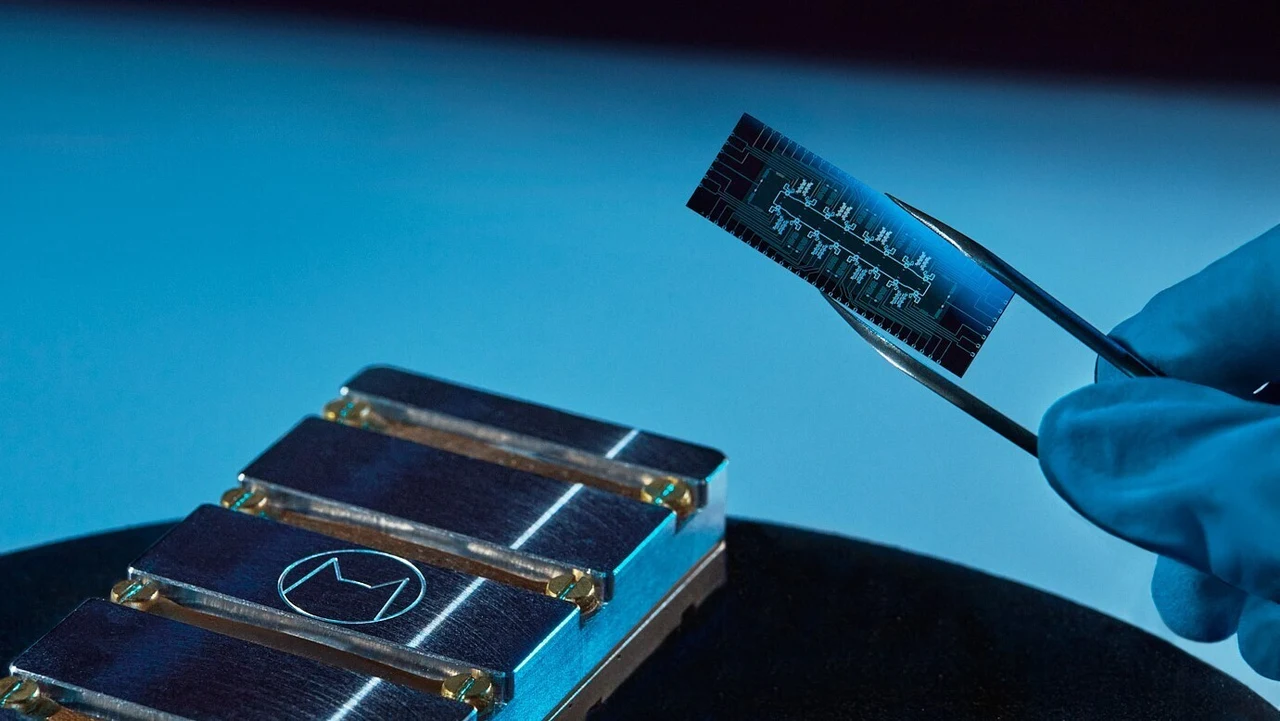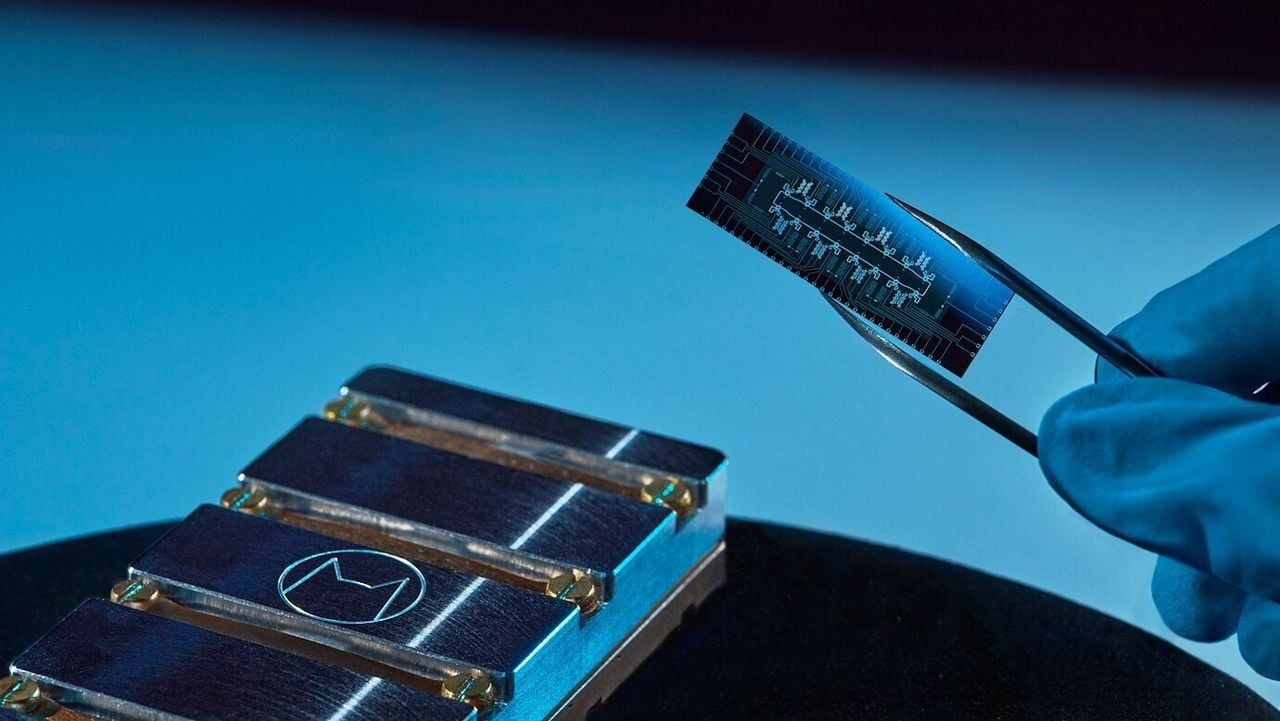
In the world of quantum computing, a significant stride has been made with the unveiling of the Helium 1, a 16-qubit quantum processing unit (QPU) by Alice & Bob. This groundbreaking technology aims to revolutionize the quantum computing field through its potential to significantly lower error rates. The Paris and Boston-based start-up, Alice & Bob, is no stranger to the quantum computing world, having consistently demonstrated its expertise and achievements in cat qubit technology.
The Helium 1 is a testament to Alice & Bob’s pioneering efforts in the quantum computing industry. This 16-qubit QPU is the first chip in the company’s roadmap that harnesses the power of cat qubits to run an error correction code. Cat qubits are unique in their design, offering protection from bit flips, thus making them hardware efficient and enabling logical qubit designs using significantly fewer qubits.
16-Qubit Quantum processing unit
The company’s ambitious goal is to use the Helium 1 platform to create its first logical qubit with error rates lower than any existing single physical qubit. The quantum industry is gradually shifting its focus towards demonstrating logical qubits, which have significant advantages over physical qubits. Logical qubits are essential for achieving low error rates in fault-tolerant quantum computing, marking a significant milestone in the journey towards the realization of practical quantum computing.
Alice & Bob’s CEO, Théau Peronnin, has expressed confidence in their cat qubit technology, stating that it holds world records in addressing bit flips. He further emphasized that the Helium 1 will play a crucial role in suppressing the remaining errors. This aligns with the company’s vision for the “six-nines” logical qubit, aiming for a logical error rate of 10-6 or lower.
“Our cat qubit technology already holds world records in addressing bit flips,” said Théau Peronnin, CEO of Alice & Bob. “Helium 1 is our new platform to exponentially suppress the remaining errors as we add more depth, enabling us to deliver on our clear roadmap to reach the full computational potential of quantum computers.”
Currently, the Helium 1 chip is in a characterization and calibration phase. Once this phase is complete, the chip will be released on the cloud, marking a significant step forward in Alice & Bob’s journey towards creating the first universal, fault-tolerant quantum computer.
Alice & Bob’s expertise in cat qubits technology has not only resulted in the development of the Helium 1 but also led to a significant reduction in hardware requirements compared to other approaches. The company recently demonstrated that the number of qubits required to run Shor’s algorithm could be reduced from 20 million to 350 thousand with a cat qubit-based system.
Since its inception in 2020, Alice & Bob has made remarkable strides in the quantum computing field. The company has raised 30M€ in funding, hired over 80 employees, and demonstrated experimental results exceeding those of tech giants like Google or IBM. With the unveiling of the Helium 1, Alice & Bob is poised to push the boundaries of quantum computing even further.
The release of Alice & Bob’s new 16-qubit quantum processing unit, Helium 1, marks a significant milestone in the journey towards achieving lower error rates in quantum computing. Through the use of cat qubits and error correction codes, the company is paving the way for the development of the first error-corrected, logical qubit. Alice & Bob’s expertise and achievements in cat qubit technology remain at the forefront of this exciting new era in quantum computing.
Where does the name Alice and Bob come from?
Alice and Bob are fictional characters originally invented to make research in cryptology easier to understand. In a now-famous paper (“A method for obtaining digital signatures and public-key cryptosystems”), authors Ron Rivest, Adi Shamir, and Leonard Adleman described exchanges between a sender and receiver of information as follows: “For our scenarios we suppose that A and B (also known as Alice and Bob) are two users of a public-key cryptosystem.” In that instant, Alice and Bob were born.
Filed Under: Technology News, Top News
Latest timeswonderful Deals
Disclosure: Some of our articles include affiliate links. If you buy something through one of these links, timeswonderful may earn an affiliate commission. Learn about our Disclosure Policy.

